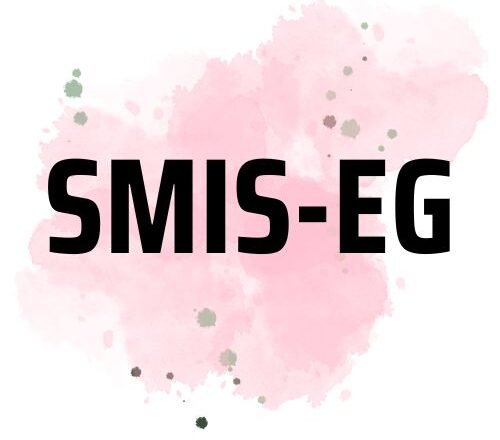With inflation still weighing on household budgets in 2025, a one-time $1,390 stimulus has been outlined to support eligible Americans facing higher costs for rent, groceries, and utilities. Designed to assist low and middle income families, this payment mirrors earlier relief efforts by using existing records to identify recipients and deliver funds efficiently. Many are asking who qualifies, when payments will arrive, and whether any action is required. Here is a clear, unique overview keeping all essential details intact.
| Snapshot | Details |
|---|---|
| Payment amount | $1,390 one-time stimulus |
| Timing window | Mid to late August 2025, phased rollout |
| Who benefits | Low and middle income households; SSI, SSDI, VA, Railroad Retirement; Social Security recipients |
| Application needed | No separate application if tax filings or benefits are current |
| Payment methods | Direct deposit, paper checks, EIP debit cards |
| Tax status | Not taxable and does not reduce existing benefits |
Why This $1,390 Payment Matters Right Now
Rising prices in 2025 continue to stretch monthly budgets, particularly for families balancing rent, utilities, and food costs. The $1,390 relief aims to provide immediate help to eligible households and beneficiaries already in federal systems, reducing financial pressure without requiring complicated applications or additional paperwork. By leveraging existing data, the rollout is designed to be straightforward and timely.
Who Is Eligible To Receive The $1,390
Eligibility follows familiar income thresholds and recognizes key beneficiary groups. Single filers earning up to $75,000, married couples filing jointly up to $150,000, and heads of household up to $112,500 are within the standard limits. Individuals receiving SSI, SSDI, VA, or Railroad Retirement benefits are included, and families with dependents may see additional amounts where applicable. Higher incomes may receive reduced payments, and those above the caps may be ineligible.
No Separate Application Is Required

There is no separate form to complete for this payment. If tax returns have been filed or benefits are already being received, the necessary information should already be on record. This approach minimizes administrative delays and helps ensure quicker delivery to qualifying recipients. Keeping records current is the most important step to avoid issues.
This Relief Will Not Affect Existing Benefits
The $1,390 stimulus operates independently from regular benefits and does not reduce monthly Social Security, SSI, SSDI, VA, or Railroad Retirement payments. It is an additional support measure, intended to supplement household income during a period of elevated costs. Recipients will continue receiving their usual benefits as normal.
When Payments Are Expected And How They Arrive
Payments are expected to begin in mid to late August 2025 on a phased schedule similar to prior rounds. Direct deposit is prioritized and typically arrives first for those with bank details on file. Paper checks follow for those without direct deposit, and EIP debit cards may be used in select cases when banking access is limited. Ensuring bank and mailing information is accurate helps prevent delays.
Tools Anticipated For Tracking And Eligibility
Status and eligibility checks are expected to be supported by standard federal tools once the rollout is active. Tracking features typically allow recipients to monitor payment progress and verify eligibility with basic personal details. It is good practice to check periodically for official updates and ensure profile information is current.
Tax Treatment And Program Interactions
This payment is not taxable and does not need to be reported as income on the next tax return. It does not jeopardize eligibility for programs such as Medicaid, SNAP, or housing assistance. Its treatment follows the same pattern as the major stimulus payments issued in 2020 and 2021, offering clean, no-strings relief.
Smart Ways To Put The $1,390 To Work
Households can use the funds where they provide the most stability. Many will prioritize rent or mortgage payments, utilities, groceries, and medical needs. Others may pay down high interest balances or build a short emergency buffer. The intention is to ease pressure, so focusing on essential obligations first tends to deliver the greatest benefit.
Stay Alert For Related Relief And Local Add Ons
Some Americans may also qualify for other relief, including separate state or local support that can coincide with federal measures. Where overlapping assistance is possible based on dependents or income, recipients should keep an eye on official updates and program notices to determine whether additional payments are available.
Action Checklist To Avoid Delays
Confirm that tax filings are up to date and that personal details match current records, including address and direct deposit information. Monitor official announcements for timing updates and any clarifications on phased distribution. Avoid sharing personal information with unverified sources and rely only on official portals for status checks.
Bottom Line For August 2025
The $1,390 one-time stimulus delivers practical support to millions navigating higher living costs, from retirees and disability beneficiaries to working families and caregivers. With no separate application required, accurate records and ongoing attention to official updates are the keys to smooth delivery. For many households, this payment will make essential expenses more manageable and offer some breathing room as prices remain elevated.

